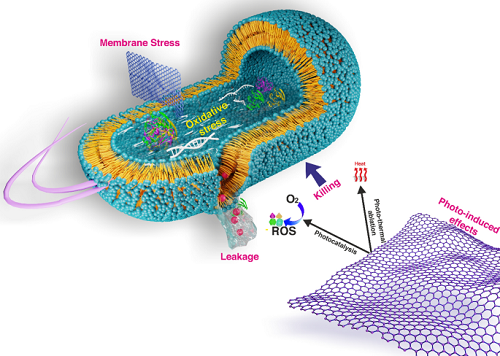1. Introduction
The plasma membrane, a vital component of cell structure, serves as a protective barrier and plays a crucial role in maintaining cellular integrity. This article delves into the consequences of plasma membrane ruptures, exploring the impact on cellular function and overall health.
2. Plasma Membrane: Guardian of Cellular Integrity
Structure: The plasma membrane, composed of lipids and proteins, surrounds the cell, separating its internal environment from the extracellular space.
Functions: It regulates the passage of substances in and out of the cell, participates in cell signaling, and provides structural support.
3. Causes of Plasma Membrane Ruptures
Mechanical Damage: External forces, such as physical trauma or pressure, can lead to membrane ruptures.
Chemical Factors: Exposure to certain chemicals or toxins may disrupt the lipid bilayer, compromising the membrane’s integrity.
Pathogenic Invasion: Some pathogens, including certain bacteria or viruses, can actively breach the plasma membrane.
4. Consequences of Ruptures
Loss of Homeostasis: Ruptures result in the unregulated flow of ions and molecules across the membrane, disrupting cellular homeostasis.
Cellular Swelling: Increased permeability can lead to the influx of water, causing cellular swelling and potential bursting.
Energy Depletion: Repairing membrane damage requires energy, potentially leading to cellular energy depletion.
5. Repair Mechanisms
Endocytosis: Cells can internalize damaged membrane areas through endocytosis, isolating the rupture site.
Membrane Resealing: Specialized proteins facilitate the resealing of small ruptures by promoting membrane fusion.
Membrane Recycling: The cell may recycle damaged membrane components through vesicle formation and fusion.
6. Implications for Cellular Function
Disrupted Signaling: Membrane ruptures can interfere with cell signaling, affecting communication with neighboring cells.
Altered Transport: Changes in membrane integrity impact the selective transport of substances, influencing cellular processes.
Cell Fate Decisions: Severe damage may trigger programmed cell death (apoptosis) or necrosis, depending on the extent of the rupture.
7. Research and Medical Significance
Disease Implications: Membrane ruptures are implicated in various diseases, including neurodegenerative disorders and certain infections.
Therapeutic Targets: Understanding membrane repair mechanisms provides insights into potential therapeutic targets for diseases involving membrane damage.
8. Conclusion
Plasma membrane ruptures, though disruptive, prompt intricate cellular responses aimed at maintaining functionality and homeostasis. Exploring the consequences of these ruptures enhances our understanding of cellular dynamics and opens avenues for targeted therapeutic interventions in various pathological conditions. As researchers delve deeper into membrane repair mechanisms, the potential for innovative medical strategies continues to expand.

